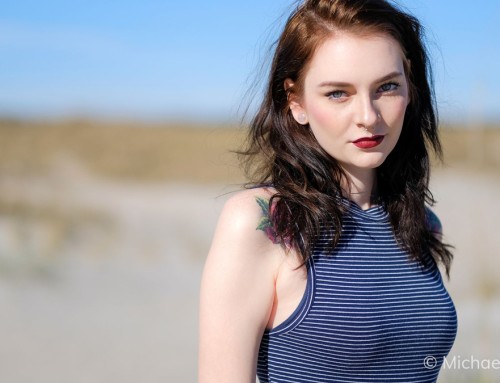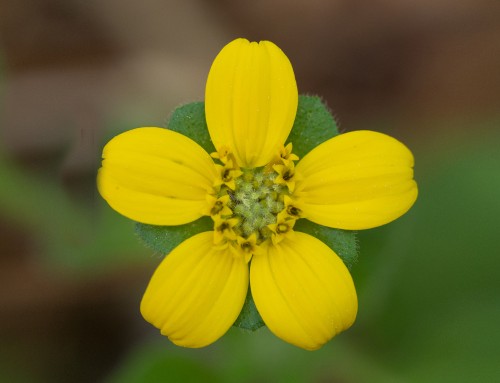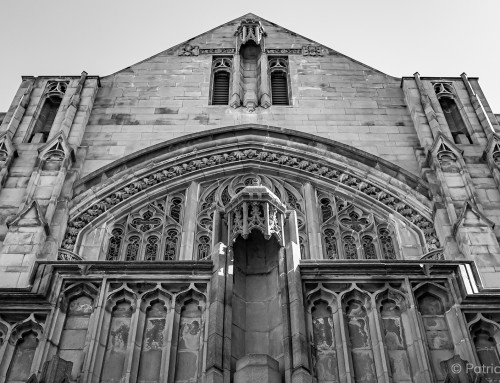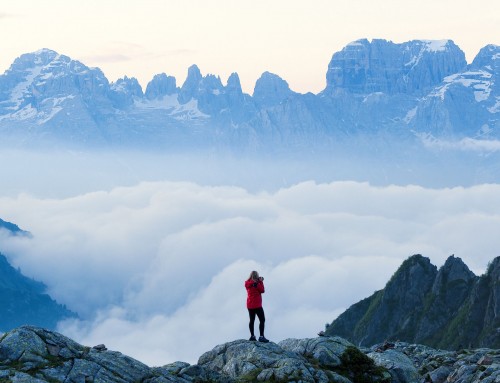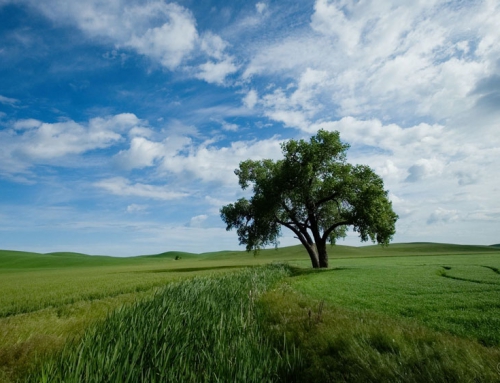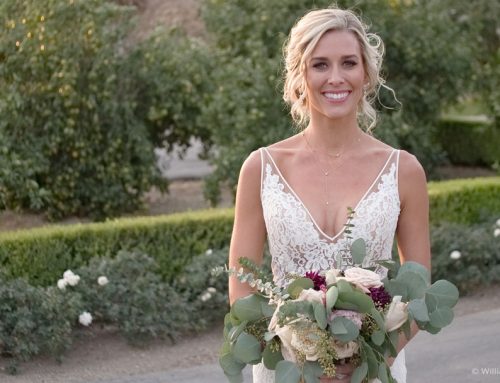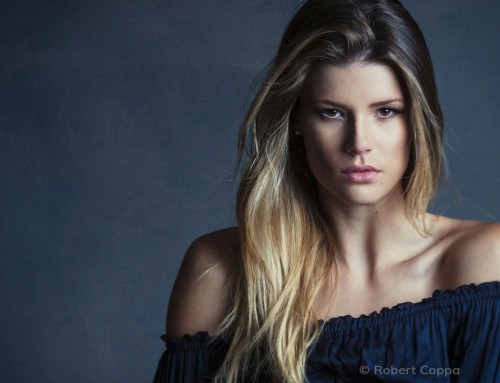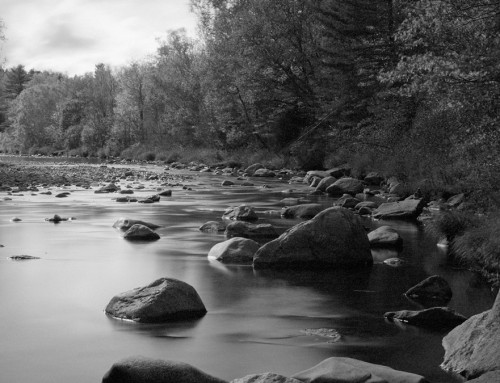This is an introduction to the features of Exposure’s presets panel. Learn how to browse and search for presets. We demonstrate filtering (including favorites), show how to save a new user preset, and how to import and export.
Photos: Tony Asgari
Transcript
The presets in Exposure are located in the presets panel. Selecting a preset from the library applies a copy of it to your current photo. Any editing changes made after it’s applied only effect to the current image, not the preset in the library.
Several presets can be compared on the screen at the same time. It’s a great way to decide what look works best for the photo. Exposure enables you to audition several different presets, simultaneously. We show you how in our Comparing Photos and Presets video.
Custom Presets
Custom presets enable you to design a creative style that you can reuse. They are a great way to achieve a consistent look across multiple photos. A quick way to get started creating a custom look is by selecting a built-in preset, and then making modifications.
Reset the image back to the original with ⌘+R or Ctrl+R. Adjustments to the image are made with the controls on the editing panels.
After setting slider values, the looks you create can be saved by pressing the plus button on the Presets panel. Or with ⌘+S, or Ctrl+S.
A descriptive name is a beneficial practice when creating custom presets. Organizing presets in categories, and adding descriptions are also helpful. If you have a lot of presets, the more detail you include will help you search for them later.
The saved preset is now listed in the presets panel.
Managing Presets
For custom presets, the preset information can be modified from the right-click menu’s edit option. You can also delete them using this menu. However, you can’t delete or change the built-in presets.
Another option in the right-click menu is to create a virtual copy of your selected image with a particular preset applied. This enables you to make multiple variations of the images you edit without filling up disk space. The Virtual Copies video on our website discusses it in more detail.
Exposure allows you to store your presets using cloud storage so you can have access to them anywhere. In the Preferences panel, select the General category. Then, set the user folder location to a cloud syncing folder, like Dropbox. Presets will be synced to your other machines that have this folder.
Locating Presets
With the cursor in the search box on the Presets panel, you can search for specific presets. This will search in the name and description fields.
Exposure ships with lots of great presets. A helpful practice is to designate the presets you routinely use as favorites. Click the star in the corner to mark a preset as a favorites. Check out our Applying Film Looks video to learn where you can find specific looks.
The preset filters at the top of the panel will only display the selected category of presets such as Black and White, or the presets marked as favorites.
Sharing Presets
Presets can be shared with others using the same or a newer version of Exposure. From the right-click menu, select ‘Export’. Preset files can be sent directly or posted online.
If you download a preset, simply double-click the file to bring it into Exposure. The settings router tool will open to confirm that the setting was installed correctly. Once it is installed, restart Exposure to access the new preset.
Selective Presets
When a new custom preset is created, the settings options provide more control over the process. Presets can be designed to only affect certain editing panels, enabling new workflow options.
The edits made to this image were applied in multiple layers. The entire look can be saved as a custom preset, or only selected portions can be included. In this example, the Iris Enhancement layer can be omitted because it is only relevant for retouching this specific image.
The Settings options on the save preset dialog is where to specify which edits to include as part of the preset. Base adjustments are omitted by default.
Underlined text on this panel indicates the default values have been modified. The ‘Choose Per Layer’ option provides fine control over selecting each layer and panel individually. This is where to disable the Enhance Iris layer.
A helpful organizing tip is to remove any unedited categories from the presets you save. This helps prevent any inadvertent overwriting of other settings when the preset is applied.
Copy/Paste Presets
The same selection options are available when copy and pasting edits between photos. Simply check which portions of the applied look you want to copy, and uncheck the ones you want to leave unchanged.
Use Copy Settings to selectively copy or Copy All Settings to copy everything. Copying all settings does include any cropping, layer masks, and retouching with the spot heal tool.


